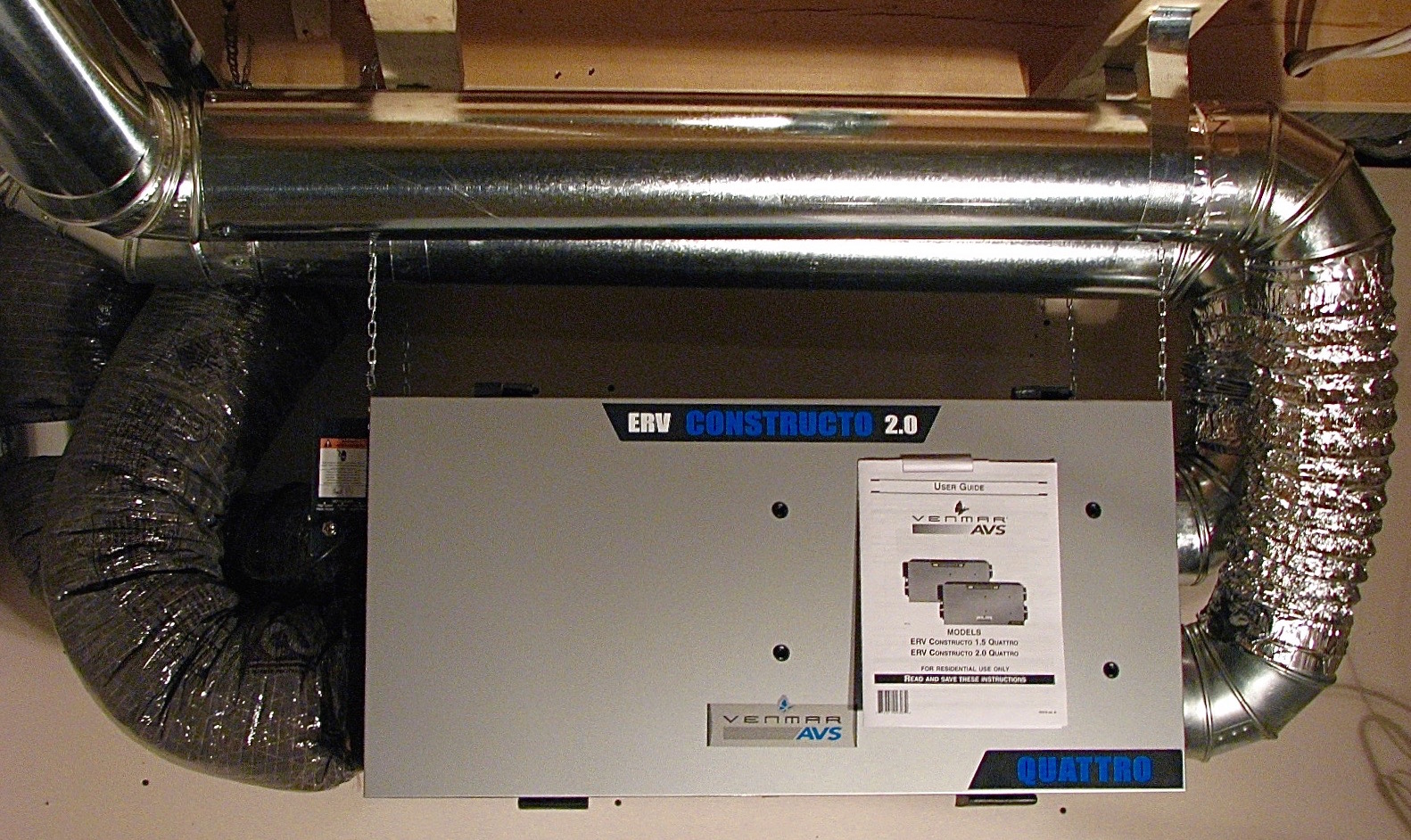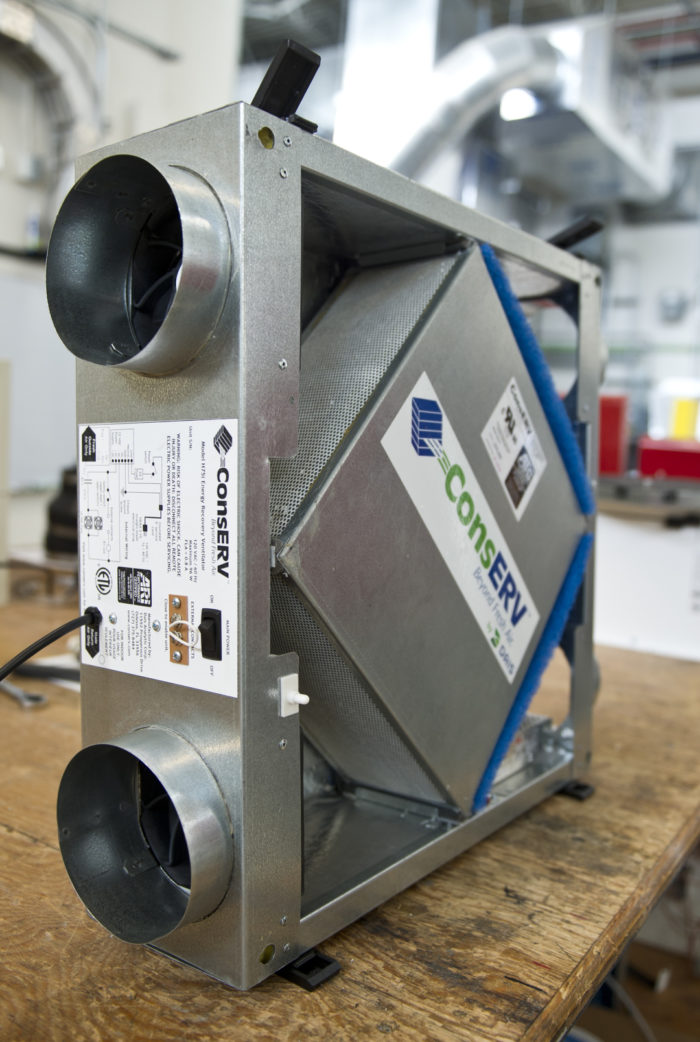Exploring the Advantages of Heat Recovery Ventilation for Power Efficiency in Houses
Heat Recovery Ventilation (HRV) systems provide home owners a sensible technique to boosting energy efficiency. By recovering warmth from outbound air, these systems can significantly lower heating & cooling prices. Additionally, they give a stable supply of fresh air, improving interior air quality and comfort degrees. As property owners take into consideration sustainable options, comprehending the subtleties of HRV systems ends up being significantly important. What factors should one evaluate before making such a financial investment?
Comprehending Heat Recovery Ventilation Systems

Exactly How HRV Improves Indoor Air Quality

Energy Savings: The Monetary Benefits of HRV
Optimizing power efficiency, heat recovery ventilation (HRV) systems offer significant financial benefits for property owners. By recuperating and recycling heat from exhaust air, HRVs considerably reduce heating & cooling prices. This technology can result in power savings of approximately 30%, relying on environment and use patterns. Property owners usually notice lowered utility costs shortly after installation, making HRVs an economically sensible financial investment over time. Furthermore, numerous areas give motivations or discounts for energy-efficient upgrades, better improving the monetary allure. As power rates remain to increase, the cost-effectiveness of HRVs becomes increasingly clear. On the whole, the consolidation of HRV systems not only advertises energy efficiency yet also adds to lasting financial cost savings for homes.
The Environmental Influence of Heat Recovery Ventilation
A substantial environmental advantage of heat recovery ventilation (HRV) systems exists in their capacity to decrease total power usage. By recovering heat from exhaust air and moving it to incoming fresh air, HRV systems minimize the requirement for energy-intensive heating and cooling down techniques. This decrease in power need contributes to decrease greenhouse gas emissions, as much less nonrenewable fuel source is needed to maintain comfy indoor temperature levels. In addition, HRV systems boost indoor air quality by successfully exchanging stagnant air with fresh outdoor air, decreasing dependence on mechanical cooling systems that can damage the atmosphere. In general, the application of HRV systems sustains lasting living practices next and aligns with international efforts pop over here to deal with climate adjustment by advertising energy performance in household settings.
Selecting the Right HRV System for Your Home
Exactly how can house owners guarantee they pick the right heat recovery ventilation (HRV) system for their demands? They need to analyze their home's dimension and format, as these factors influence airflow needs. Next off, reviewing the system's performance ratings is vital, as higher rankings show better performance and energy savings. House owners should additionally consider installation and maintenance costs, comparing different brand names and versions for value. Furthermore, it is necessary to evaluate sound degrees, as some systems operate more quietly than others. Consulting with heating and cooling specialists can give tailored referrals based upon particular home problems. Lastly, checking out user evaluations and warranties can assist in making an educated decision, making certain that the chosen HRV system efficiently enhances interior air quality and power efficiency.
Regularly Asked Inquiries

How Often Should I Clean or Preserve My HRV System?
The regularity of cleansing or preserving a heat healing air flow (HRV) system normally depends upon usage and environmental aspects. Normally, it is advisable to carry out maintenance every 6 months to ensure peak efficiency and air high quality.

Can HRV Equipments Aid Minimize Humidity Degrees Indoors?
HRV systems i loved this can successfully minimize indoor moisture degrees by trading stagnant, damp air with fresh, drier air from outside. HRV Heat Recovery Ventilation. This procedure aids preserve a balanced interior setting, improving comfort and protecting against moisture-related concerns
What Is the Life-span of a Typical HRV System?
The lifespan of a common heat recovery ventilation (HRV) system differs, typically lasting between 10 to 15 years. Routine upkeep can prolong its effectiveness and functional life, guaranteeing peak performance throughout its usage duration.
Exist Any Kind Of Sound Concerns With HRV Equipments?
Sound worry about HRV systems can emerge, especially from fan operation. Nevertheless, numerous modern-day systems are made to reduce audio levels, guaranteeing they operate quietly while preserving effectiveness, which deals with possible disturbances in living settings.
Can I Install an HRV System Myself, or Do I Required a Specialist?
The private contemplated whether to set up the heat recovery ventilation (HRV) system personally or employ a specialist. Generally, while do it yourself installment is feasible, knowledge assurances appropriate performance and conformity with local building regulations, enhancing system effectiveness.